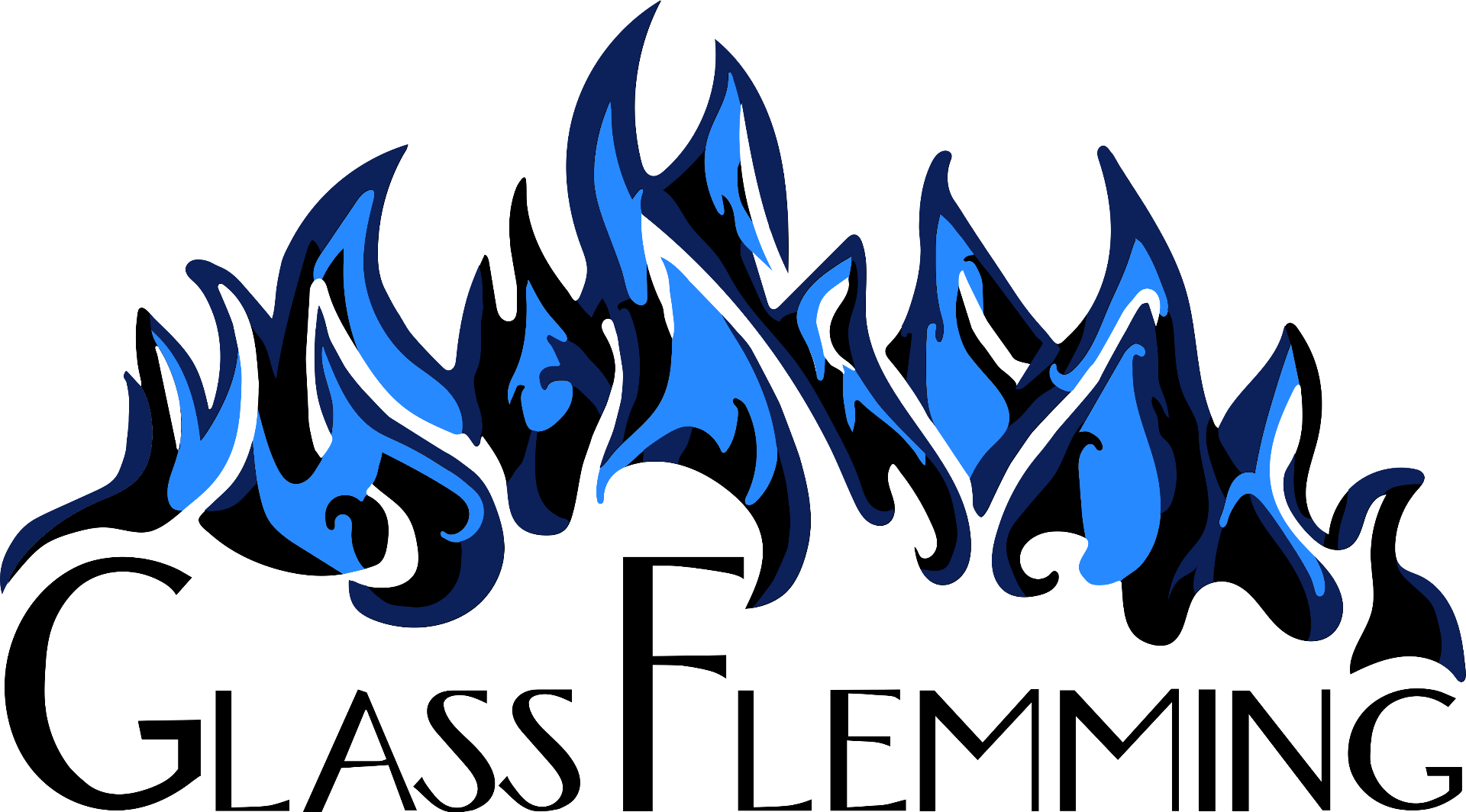About Glassmaking
A Brief History of Glass
Working with glass is one of the oldest traditions, with the earliest mentions dating back around 5,000 years. Since then, glass has had multiple different hubs (main centers) around the world. In Europe, it is first mentioned around the 1st century AD by the Romans (for example, Murano). Around the 10th century, the art of working with glass came to Germany.
In medieval times, working with glass was already widely known in Europe and used for drinking glasses, vessels, and even window production. In earlier times, glass products were reserved only for high-income society, but over the centuries they became more and more affordable for common people.
First, everything begins by mixing sand (silica), soda, and potash. If minerals are added, the glass will react with them and its color will change. For example, if you add cobalt, the glass will turn blue. If the sand contains a lot of iron particles, the glass will turn green. (This is one reason why Murano became so famous for its glass: the local sand had almost no impurities, which gave the glass a slight bluish tint, while remaining perfectly clear.)
The mixture is heated to very high temperatures (in the case of the glass I mainly use, around 1200°C) in a specially designed furnace. The mixture must boil and transform into a honey-like consistency, which is the ideal state for shaping and forming it into glass products, such as paperweights, drinking glasses, tabletops, or glass rods for lampworking. Lampworking can be done with many types of glass, but the most common are soda-lime glass and lead glass, both called "soft glass."
What is Lampworking?
Lampworking (also known as flameworking or torchworking) is a glassworking technique in which glass is melted using a torch with an oxygen-gas flame. Once molten, the glass is shaped by hand and with tools. Colored glass, silver, or gold can be added to create patterns and decorative effects.
Lampworking originated in the late medieval period with oil lamps and foot-operated bellows. The tools and methods have since evolved, resulting in specialized branches such as:
-
Prosthetic eye making
-
Scientific laboratory glasswork
-
Christmas ornament production
-
Neon sign lampworking
-
Artistic lampworking (my primary area)
Material Sources
I source my glass and materials from:
- Farbglashütte Lauscha (Germany) – where I studied glassworking
- Farbglashütte Reichenbach (Germany)
- Murano (Italy) – known for exceptionally pure glass
Additional materials such as silver and leather come from small specialized suppliers.
What "handmade" means
Handmade means every product may have some variations in color and in size. Think about it this way: your handwriting or signature varies every day a tiny bit. Lampworking is a bit similar to this. The color might vary a tiny bit based on how the glass is melted, cooled, and worked with. Nonetheless, I will always ensure that I'm shipping you a product within the criteria I have set for myself. PS: When it comes to Striped Hearts, you can expect these products to vary even more. This is due to the process in which the stripes are made.
